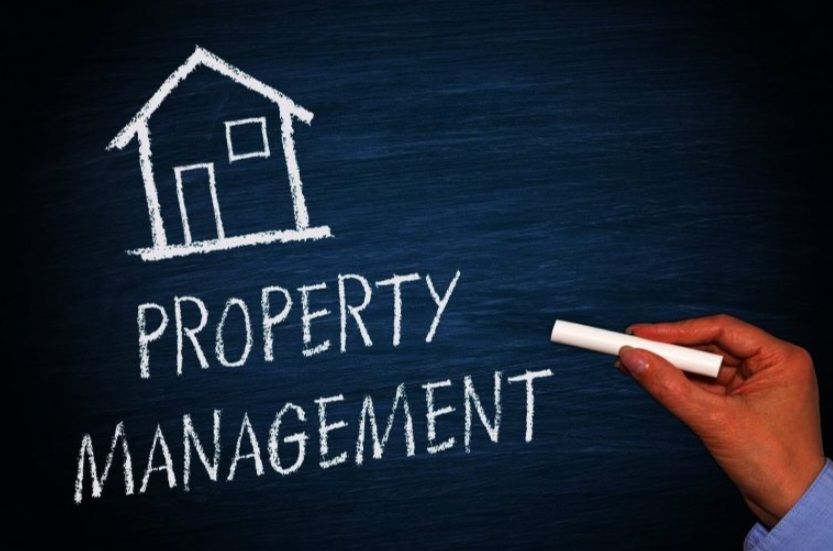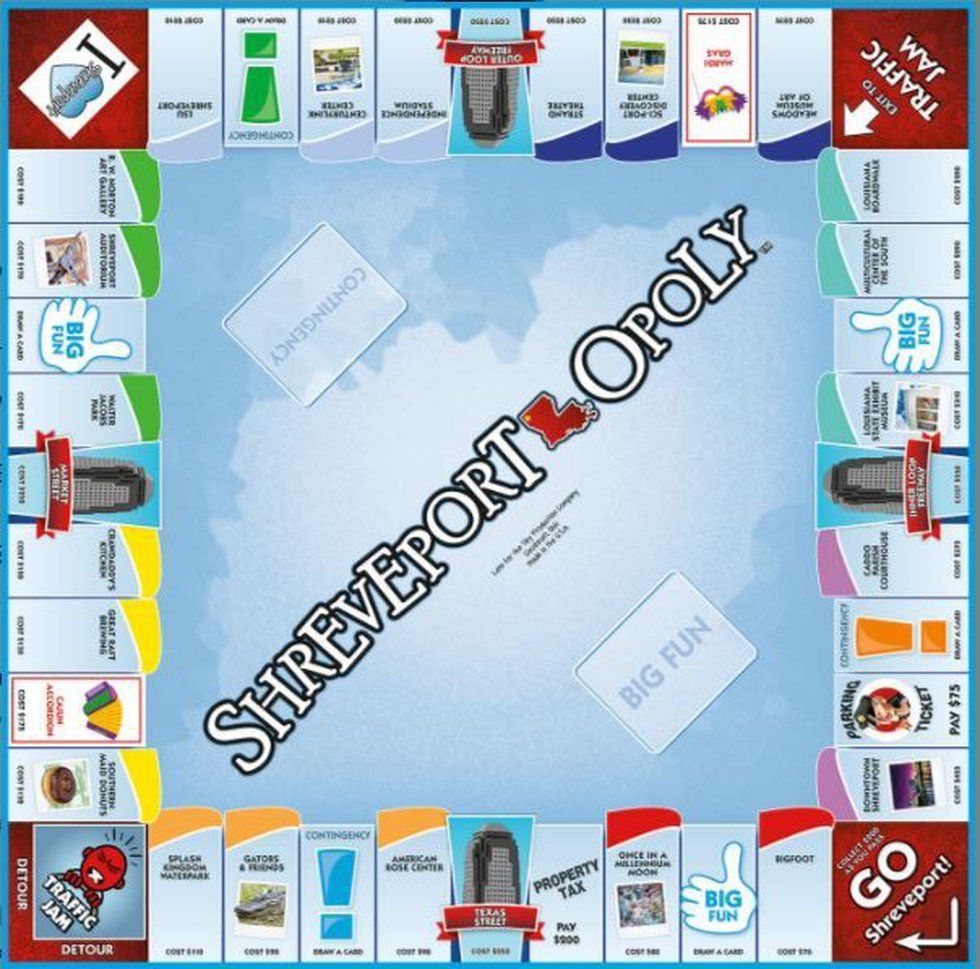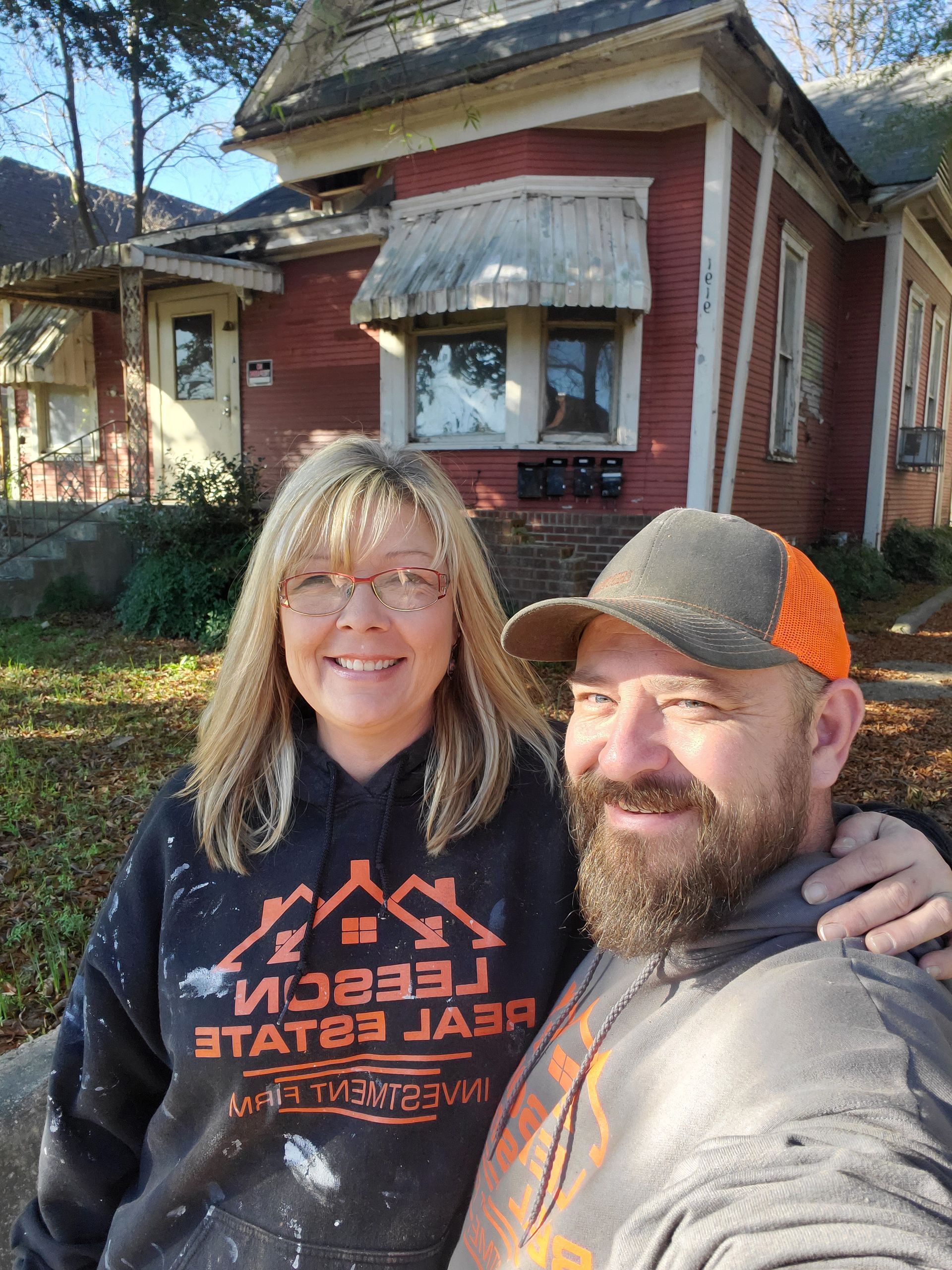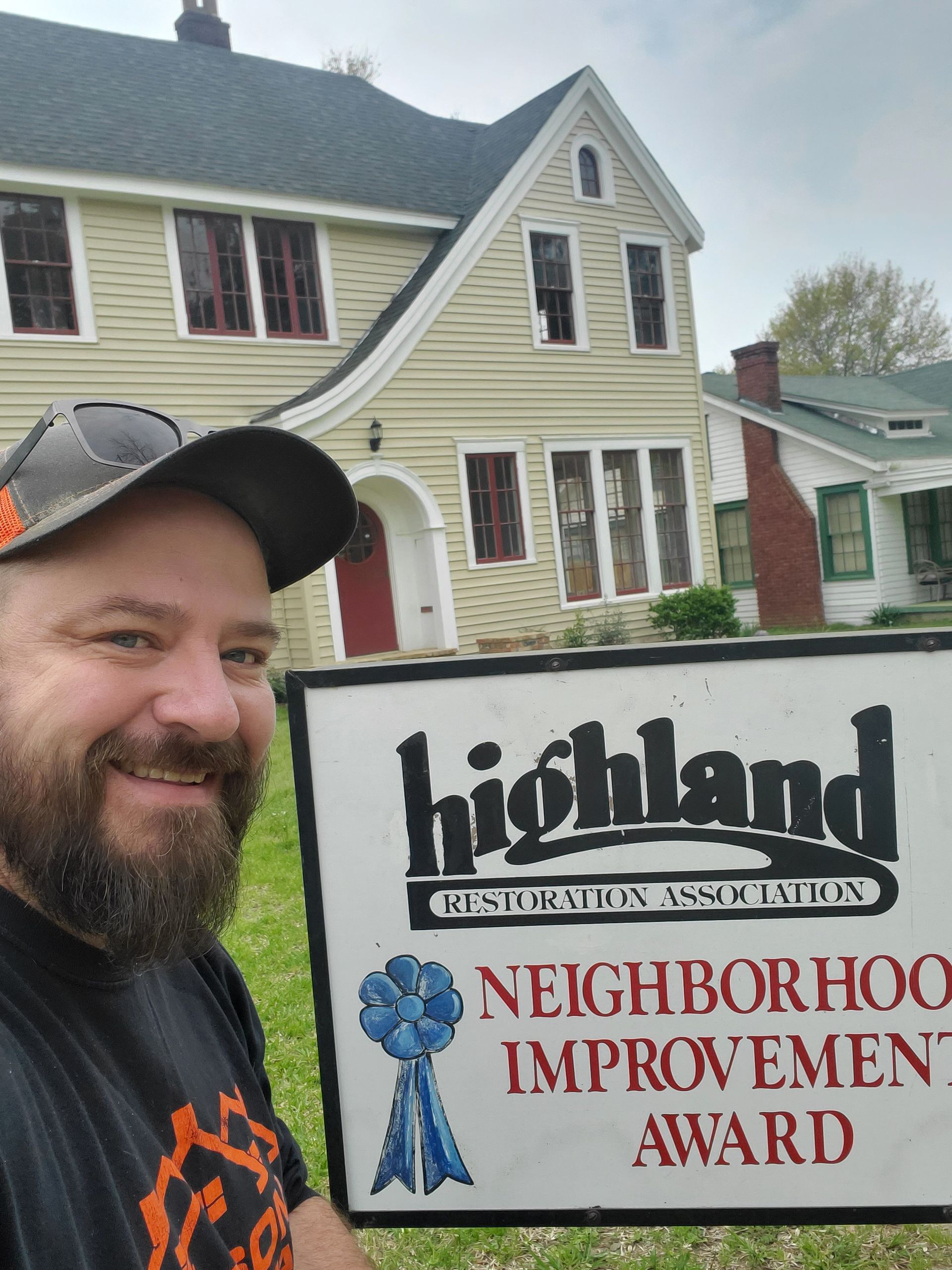How important is it to remove blighted properties
Removing blighted properties is important for several reasons, both from a practical and a social perspective.
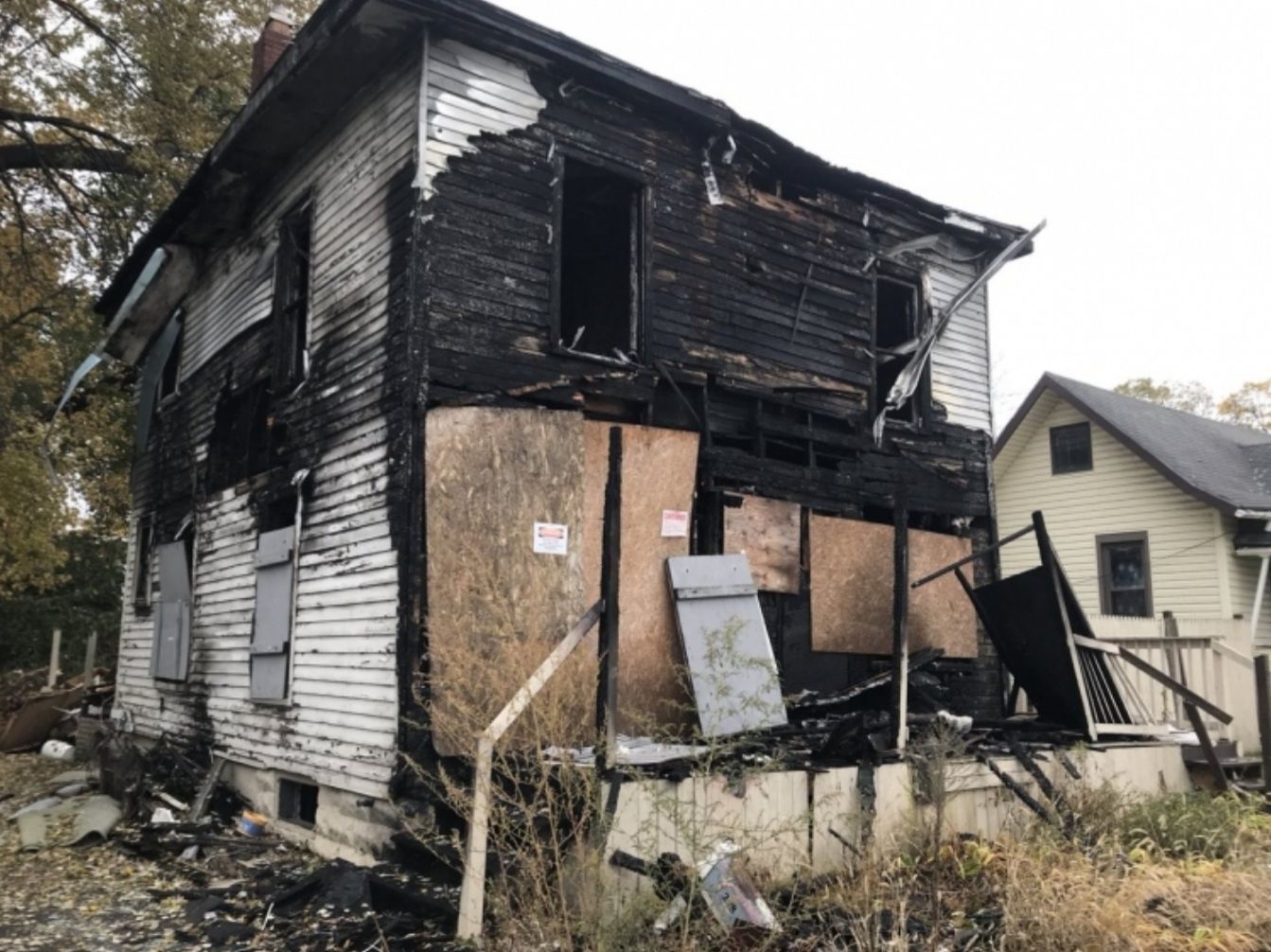
Removing blighted properties is important for several reasons, both from a practical and a social perspective. Here are some of the reasons why removing blighted properties is important:
- Public safety: Blighted properties can be a safety hazard for the public, particularly if they are in a state of disrepair. They can attract illegal activity, such as drug use or vandalism, which can make the area unsafe for residents and businesses.
- Property values: Blighted properties can also lower the property values of neighboring properties. This can make it difficult for homeowners to sell their homes or refinance their mortgages, as well as decrease the amount of property tax revenue collected by the local government.
- Community pride: Removing blighted properties can help to restore a sense of pride in the community, as it can improve the appearance of the neighborhood and create a safer environment for residents and businesses.
- Economic development: Removing blighted properties can also help to spur economic development in the area. It can make the area more attractive to businesses and investors, and encourage new development projects.
- Environmental impact: Abandoned properties can have a negative impact on the environment, as they can attract rodents and other pests, as well as contribute to urban blight and pollution.
Overall, removing blighted properties can have a positive impact on the community, improving public safety, property values, community pride, economic development, and the environment. It is an important step towards creating a vibrant and thriving community.
How it can happen...
There was a city called Shreveport. It had once been a thriving metropolis, with bustling streets and a vibrant community. But over time, neglect and disrepair had taken their toll, and the city had fallen into decline. Abandoned buildings and blighted properties dotted the landscape, making it an unsafe and unattractive place to live.
But one day, a group of concerned citizens decided to take matters into their own hands. They formed a committee to address the blight problem in the city, and started by identifying the worst of the blighted properties. These were the buildings that had been abandoned for years, with broken windows, crumbling facades, and overgrown lots.
The committee then began a campaign to clean up these properties, working with the city government and local businesses to secure funding and resources for the project. They hired contractors to demolish the most dilapidated buildings, and worked with developers to find new uses for the vacant lots.
Over time, the results of their efforts became apparent. The blighted buildings were replaced by new homes and businesses, and the streets became safer and more welcoming. Property values increased, and the city began to attract new residents and investors.
As the city's reputation improved, it continued to grow and thrive. The community became more engaged and invested in its future, and local businesses began to thrive once again. The removal of the blighted properties was a turning point for the city of Shreveport, and it marked the beginning of a new era of prosperity and growth.
In the end, the city of Shreveport became a shining example of what can be achieved when a community comes together to address a pressing issue. By removing the blighted properties that had once weighed it down, the city was able to rise again, stronger and more vibrant than ever before.

